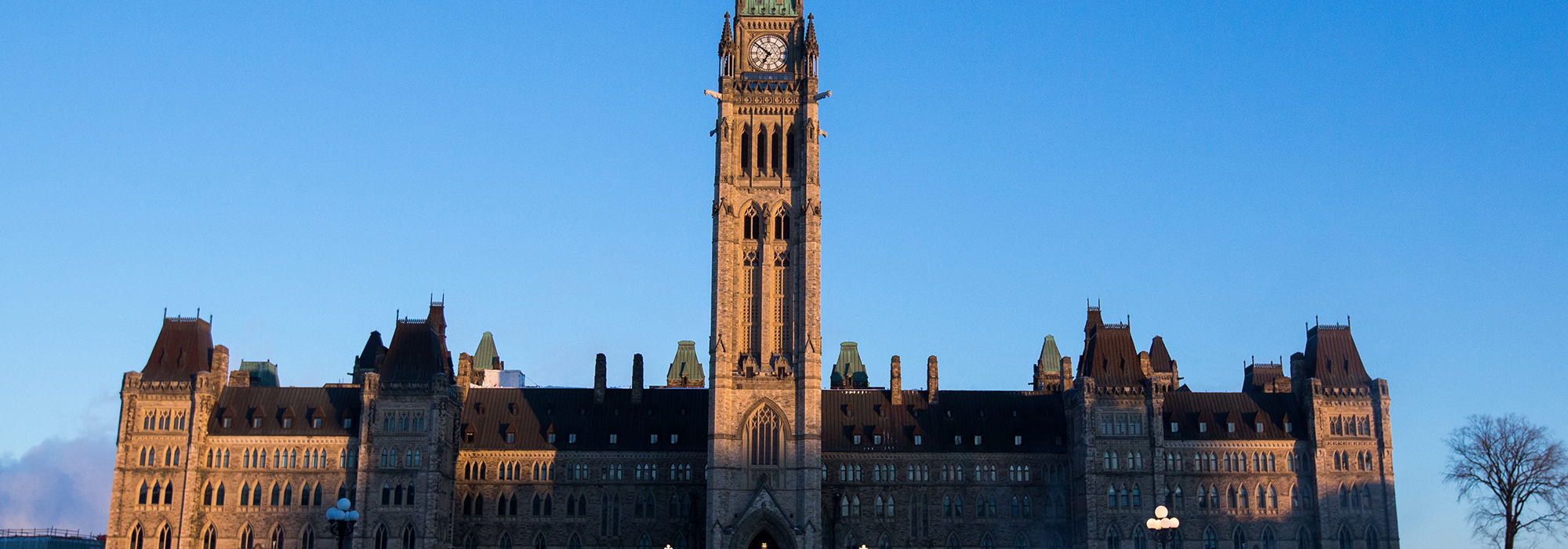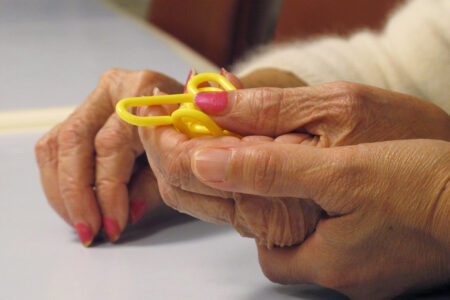
Each of the mandate letters given to cabinet ministers by Prime Minister Justin Trudeau over the past three years has included the following commitment: “You are expected to do your part to fulfill our government’s commitment to transparent, merit-based appointments, to help ensure gender parity and that Indigenous Canadians and minority groups are better reflected in positions of leadership.”
With three years of appointments under the Trudeau government’s belt, it’s possible to conduct an analysis of its record with respect to judicial, Governor-in-Council, deputy minister, head of mission and Senate appointments, using available data and public records.
The government has largely delivered on its commitment, but with mixed results on its promise to be more transparent on appointments.
Judicial appointments
During the 2016-18 period, 230 judges were appointed. Figure 1 contrasts the makeup of the bench before the new government’s approach took effect with the first three years of new appointments, showing a dramatic increase in representation in the three main groups.
Of equal interest is how much more transparency has been brought to the appointments process. The government now provides data on the diversity of applicants who are recommended or highly recommended for appointment (figure 2). The differences in appointment rates within each category show a conscious effort to prefer appointments from underrepresented groups.
Governor-in-Council appointments
From 2016 to 2018, the Privy Council Office (PCO) reports, 4,002 Governor-in-Council (GIC) appointments were made. Of these, about one third were appointments to administrative tribunals (such as the Social Security Tribunal and the Immigration and Refugee Board), one third to agencies and boards (for example, the Canada Employment Insurance Commission and the Public Service Pension Advisory Committee) and one third to Crown corporations (such as the CBC and Canada Post). Fewer than 5 percent of the appointments are for officers of Parliament, international postings and others.
Figure 3 shows a significant increase in women GIC appointees. I do not include comparisons to the early 2016 baseline for visible minority members and Indigenous people, because the PCO withholds data when a particular group constitutes less than 10 percent of a particular workplace, to avoid the risk of violating someone’s privacy. Given this high minimum reporting threshold at PCO, no meaningful analysis of visible minority and Indigenous appointees was possible. It’s worth noting that this 10 percent cut-off is far higher than the standard employment equity minimum threshold of five persons set by the Treasury Board Secretariat.
Deputy Ministers
Using data provided by PCO, I looked at the difference between the March 31, 2016, baseline of 70 deputy ministers and associate deputy ministers, and the February 2019 number of 83 deputies and associate deputies (figure 4). PCO numbers indicate there are fewer than five visible minority and Indigenous deputies, so I assessed them separately by using online photos and CVs.
While the percentage of women deputies has increased significantly, the number of visible minority members appears to have decreased, reflecting some retirements.
Heads of Mission
Figure 5 contrasts the baseline of 99 head of mission appointments to embassies, high commissions and consulates at the start of 2016 with the data available for 2016 to 2018. These are broken into senior appointments, positions classified at the EX4 and EX5 levels, and junior appointments, at levels EX1 to EX3.
The representation of women among both senior and junior heads of mission has increased dramatically. For visible minorities, on the other hand, no appointments as senior heads of mission were made, but the appointment of visible minority members at the junior level more than doubled. No Indigenous heads of mission were identified.
Senate
Figure 6 contrasts the Senate appointments of Prime Ministers Jean Chrétien, Stephen Harper and Justin Trudeau (75, 57 and 49 appointments respectively). Trudeau has appointed a record number of women senators, with an even more dramatic increase in the number of Indigenous senators appointed. Because Harper appointed a large number of visible minority members, the number of appointments by Trudeau does not constitute a significant increase over his predecessor’s record.
The Independent Advisory Board for Senate Appointments has issued only one substantive report so far, covering December 2016 to August 2017, which provides only a limited time frame for comparison of applications to appointments. In this period, 40.8 percent of applicants were women, 25.4 percent visible minority and 11 percent Indigenous.The high proportion of successful applications among women and Indigenous candidates suggests the government has made a conscious choice to increase Senate diversity in certain areas.
The mandate letter instructions had two key elements: increased diversity of appointments and increased transparency of the appointment process. The government has clearly implemented the first element in all areas examined, most dramatically with respect to women but also significantly with respect to visible minorities and Indigenous people.
The second element presents a more mixed record. The greatest degree of transparency is seen in judicial appointments, which — along with the appointments themselves — is a significant legacy of former justice minister Jody Wilson-Raybould. While reporting on GIC appointments has also improved by comparison with previous governments, it is disappointing that an excessively high minimum threshold was used for releasing data, with the ironic result that it understates the number of visible minority and Indigenous appointees. Similarly, a more current Senate advisory board report would be helpful.
In future, the government should ensure that all diversity-related appointment reporting is consistent with employment equity reporting standards set out by the Treasury Board Secretariat.
Photo: Centre block on Parliament Hill during sunrise in Ottawa on Mar. 7, 2019. THE CANADIAN PRESS IMAGES/Lars Hagberg
Do you have something to say about the article you just read? Be part of the Policy Options discussion, and send in your own submission. Here is a link on how to do it. | Souhaitez-vous réagir à cet article ? Joignez-vous aux débats d’Options politiques et soumettez-nous votre texte en suivant ces directives.









